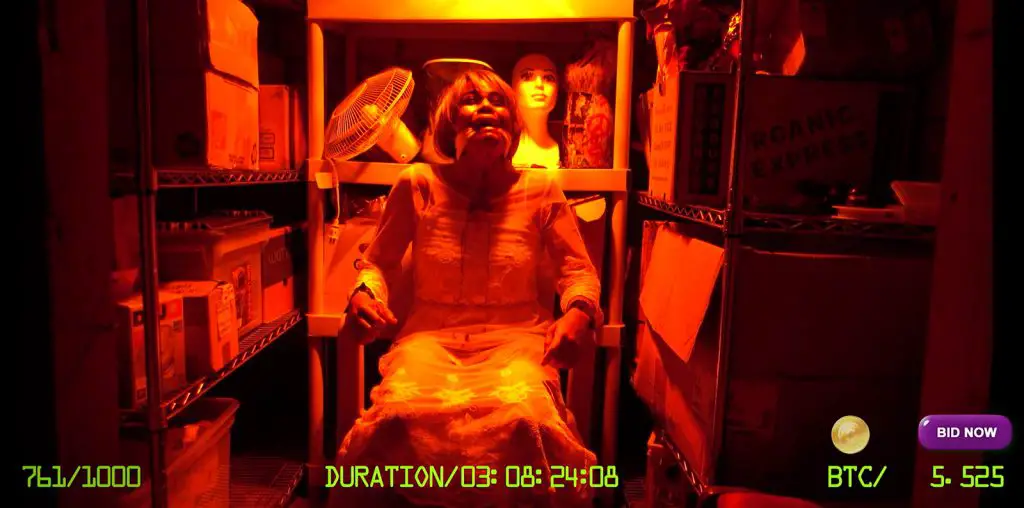
Back in the late ’70s, early ’80s there was a period in Canadian film history generally referred to as “the tax shelter years”. Although regarded with embarrassment now, these days were in fact a heyday of Canadian exploitation cinema, despite the fact that they were funded largely by American or otherwise foreign dollars. Highlights of the period include much of David Cronenberg’s early work and that of Bob Clark (Black Christmas) and although most film scholars would have you ignore most of these films outright, their influence on contemporary genre films cannot be ignored.
So it is in this context that I was viewing “Ginger Snaps Back” the third in the immensely popular and clever Canadian werewolf series. And it is with great pride that I announce that the makers of the film have succeeded in creating a very effective “Canadian Gothic”. Instead of attempting to drag more life out of the original storyline, the third film snaps back (hee hee) in continuity showing us previous incarnations of the Fitzgerald sisters as orphans wandering the Canadian wilderness in 19th century Alberta.
Freezing and near the point of starvation, Ginger (Katherine Isabelle) and Brigitte (Emily Perkins) come across a destroyed Indian village where they are warned by an old woman to “kill the boy, or the one sister will kill the other” and given the same strange charms they wear in the first film. They are seemingly rescued by a mysterious Native American hunter who takes them to a near abandoned trading fort inhabited exclusively by men. Under constant attack from wild beasts outside and with their resources dwindling most of the men are starting to lose it. Some have turned to drinking, some are fantastically optimistic and others have turned to God, or whatever the misogynist preacher (a wonderful turn by Hugh Dillon) tells them God wants.
As in the first film, eventually Ginger turns and it is up to Brigitte to protect her, but there are also many wonderful embellishments to the mythos established in the first film. While the original “Ginger Snaps” was a clever allegory on adolescence and the horrors of puberty, “Ginger Snaps Back” is more like a marvelous fairy tale complete with misty forests and old world mysticism. Admittedly, most of the Native American mysticism is clichéd and borderline offensive, but it still manages to work within the context of skepticism and prejudice the film sets up.
The only real misstep is the inclusion of contemporary colloquialisms and swearing (especially by the girls). Although humorous, these moments do a great disservice to the mythical atmosphere cinematographer Michael Marshall (best know for his work with Guy Maddin) has taken such pains to establish. Filled with sumptuous costumes and excellent effects work by KNB (the gore is especially top notch) this is probably the best looking film of the series.
The film also benefits from a very strong supporting cast which includes many respected Canadian indie stars including Tom McCamus (“I Love A Man in Uniform”), David La Haye (“Un Crabe Dans La Tete”) and of course rock ‘n’ roller Hugh Dillon (“Hard Core Logo”). Although not without its problems, this expansion of the mythology is none the less extremely entertaining.
